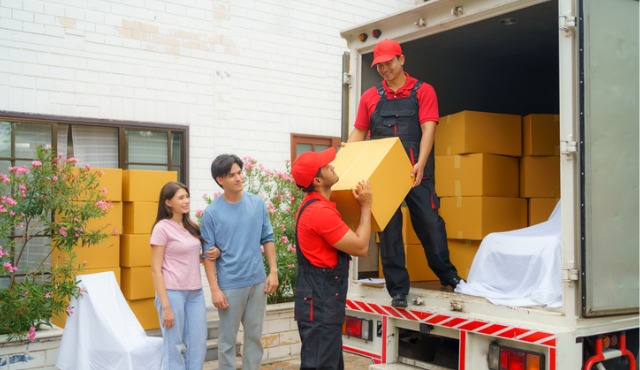By Rachelle Wilber
Moving long-distance can be a daunting task, but with the right strategies and planning, it can become a manageable and even smooth process. In this blog post, we'll explore some strategies to help you navigate the complexities of packing your home for a long-distance move. From creating inventory lists to effectively labeling and categorizing your boxes we’ll share insights on how to pack your belongings in a way that minimizes stress and maximizes organization
Creating an Inventory List
Before you start packing, create a detailed inventory list of all your belongings. This list will help you keep track of your items and make it easier to determine what you need and what can be discarded. Make sure to include descriptions and quantities to maintain an accurate count. An inventory also aids in labeling boxes, making unpacking simpler. This list can also be invaluable for insurance purposes in case of any lost or damaged items.
Prioritizing Essential Items
Identify and prioritize essential items that you will need immediately upon arrival at your new home. These should include important documents, personal toiletries, a few changes of clothes, medications, and other daily necessities. It’s also useful to have certain kitchen items handy for preparing quick meals. Pack these items separately in a clearly marked box or suitcase. Knowing exactly where your essentials are will reduce stress and make your first few days in your new home more comfortable since you won't be scrambling to find all the little things in different boxes.
Safeguarding Fragile Items
Fragile items require extra care and protection to prevent damage during the long transport. Use plenty of bubble wrap, packing paper, or foam to cushion items like glassware, ceramics, and electronics. Clearly label these boxes as "Fragile" so that everyone handling them knows to take extra care. Consider packing fragile items together and separate them from heavier items to minimize the risk of breakage. Taking these precautions helps ensure that your valuable and sentimental items arrive intact.
Labeling and Categorizing Boxes
Effective labeling and categorizing of boxes can greatly simplify the moving process. Label each box with its contents and the room it belongs to. Color-coded labels or markers can be used for quick identification. Consistently labeling ensures that movers place boxes in the correct rooms, saving time and effort during unpacking. Detailed labeling prevents confusion and makes it easier to locate specific items when you need them.
Planning for Furniture Disassembly and Assembly
Large furniture often needs to be disassembled for a long-distance move. Plan ahead by identifying which pieces will need to be taken apart. Keep all screws, bolts, and small parts in labeled bags and either tape these bags securely to the corresponding furniture or keep each bag together in one box. Documenting the disassembly process with photos can help you remember how to reassemble the furniture. Proper planning and organization of furniture disassembly and assembly make the setup in your new home quicker and less stressful.
Moving long-distance can feel overwhelming, but with careful planning and organization, the process can be much smoother. Creating an inventory list, prioritizing essential items, safeguarding fragile belongings, and labeling boxes effectively are all key steps in ensuring a successful move. Additionally, thoughtfully planning for the disassembly and reassembly of furniture will save you time and effort on both ends of your journey. Working with professional movers, like those at Central Van Lines, can also help relieve stress. They can offer expertise and efficiency, ensuring that your belongings are transported safely and securely. With these tips and a little help, your long-distance move can be a positive and rewarding experience.
Rachelle Wilber is a freelance writer living in the San Diego, California area. She graduated from San Diego State University with her Bachelor's Degree in Journalism and Media Studies. She tries to find an interest in all topics and themes, which prompts her writing. When she isn't on her porch writing in the sun, you can find her shopping, at the beach, or at the gym. Follow her on twitter: @RachelleWilber








